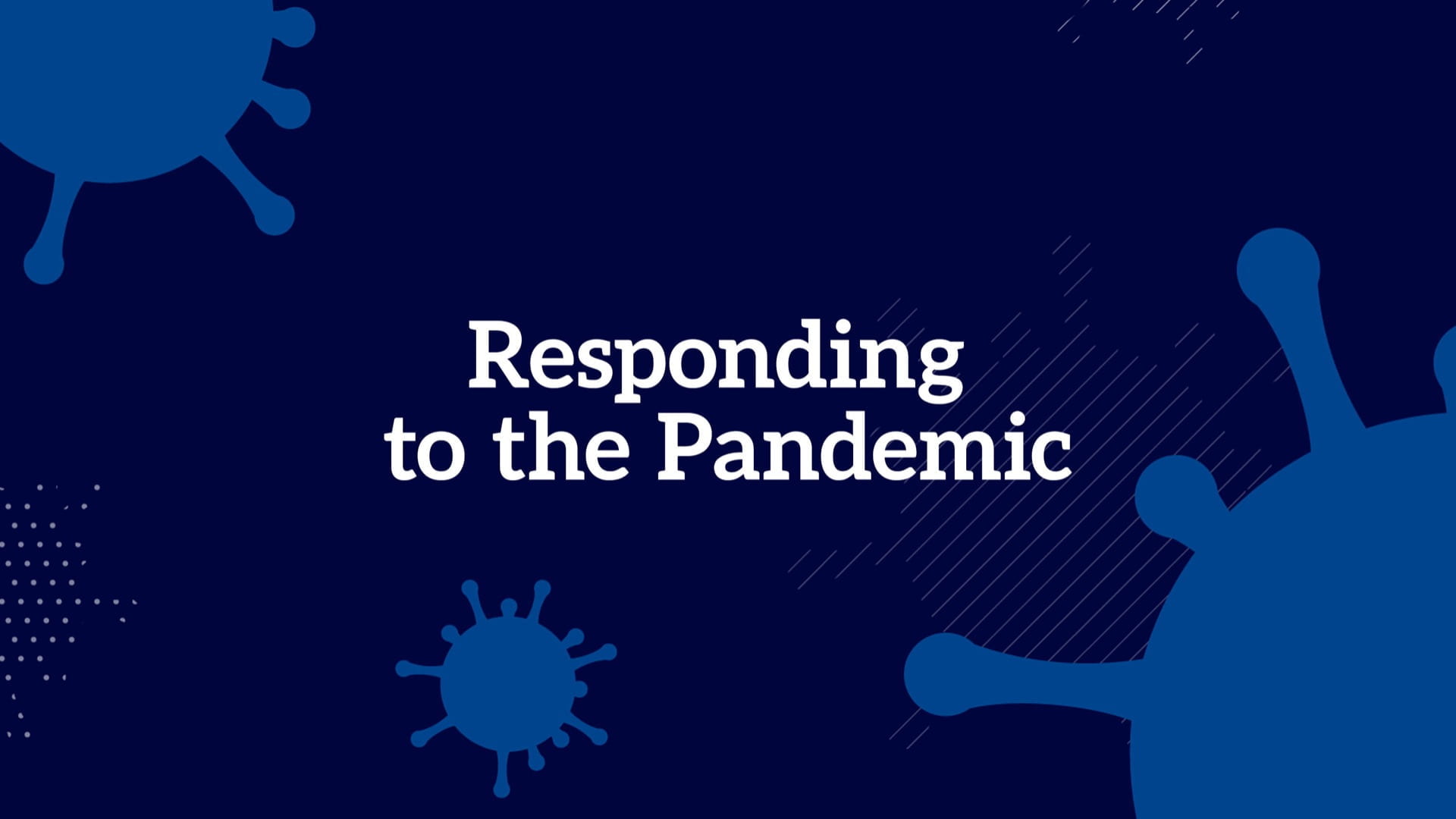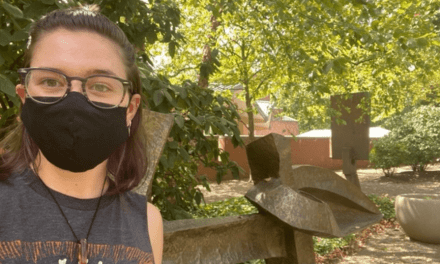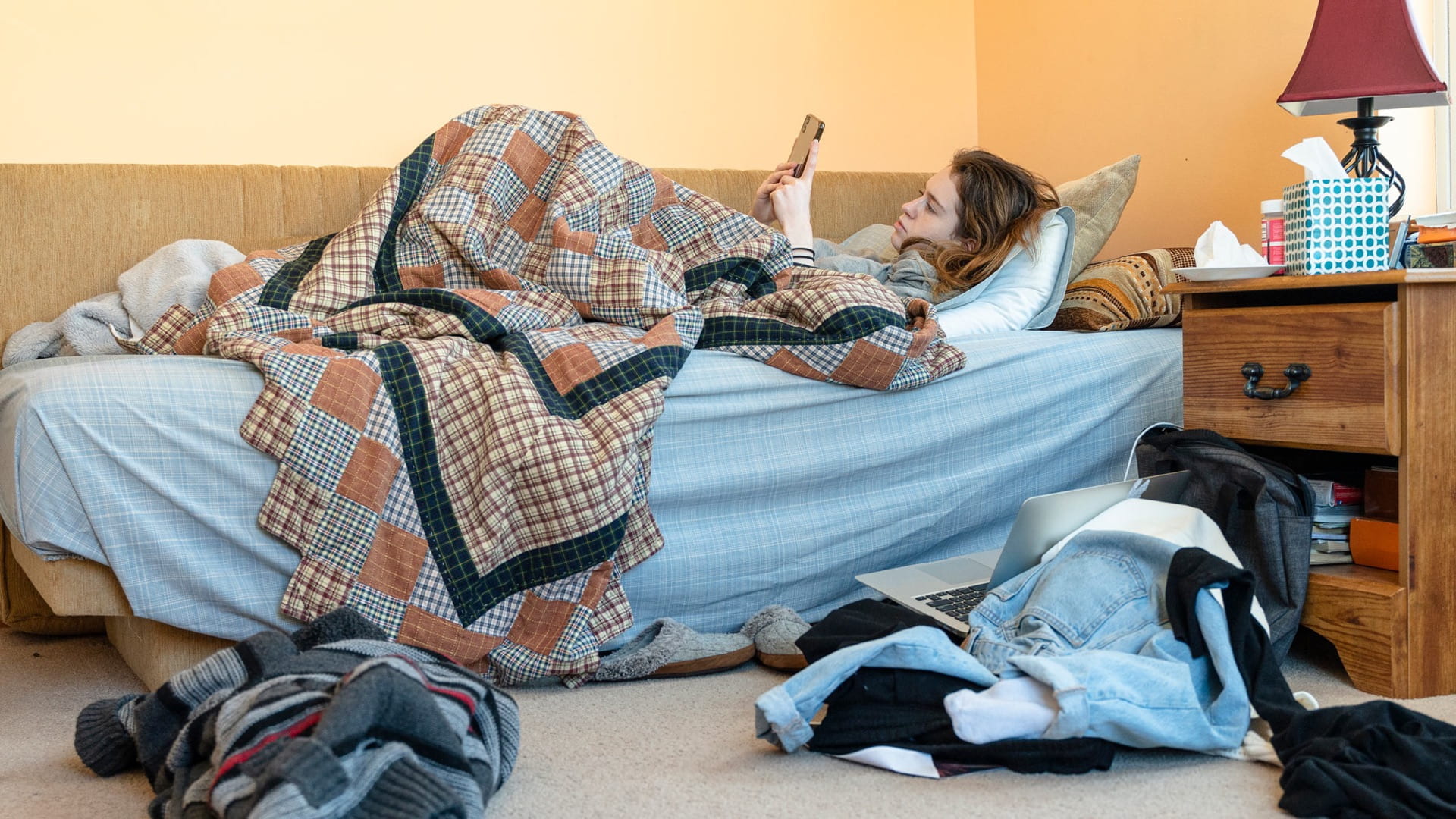
Understanding how the pandemic has affected college students’ mental health
Understanding how the pandemic has affected college students’ mental health
Melissa Bopp, associate professor of kinesiology has been collecting data about the physical and mental wellness of Penn State students since 2014.
“This spring, it became clear that the pandemic presented what is often referred to as a natural experiment. In a natural experiment, nature, rather than a scientist, controls the changing conditions,” explained Bopp. “I was teaching and understood that students were struggling. So, my team and I wanted to use a project that we had in place to understand how undergraduates were coping.”
Understanding Penn State Students’ Well-Being
Six years ago, when Bopp began collecting data about Penn State student wellness, the project had nothing to do with the COVID-19 pandemic. Bopp collected data from Penn State students who were enrolled in general education health and wellness courses to understand whether the classes were beneficial to their well-being.
“We wanted to make data-driven decisions about what we offer to students,” Bopp said. “What we collected turned out to be a data-rich source of information about the health behaviors of college students. It gave us a real, comprehensive picture of student wellness. We decided to collect surveys from students at the beginning and end of the semester when they took general health and wellness courses and then follow up with them twice after they completed the course.”
Over the next few years, the researchers expanded the surveys to students in other courses and refined the questions they asked. They collected data about students’ diet, sleep, stress, depressive symptoms, alcohol use, and more. This allowed the researchers to understand the mental health and health behavior patterns for Penn State undergraduates and differences between men and women.
How did the pandemic affect men in the spring?
- Increase in stress 36%
- Increase in depressive symptoms 12%
In a non-pandemic semester, depressive symptoms typically stay the same and stress increases slightly.
Stress and Depression During the Pandemic
From semester to semester, the project continued through the beginning of the spring 2020 semester. In April of this year the researchers modified the surveys to capture the realities of the pandemic. They were able to collect data from around 500 students.
“All of the results were in line with what we expected based on what we were hearing from students,” Bopp said, “but the scopeof the changes was beyond anything we had imagined.”
During a typical spring semester, average level of depressive symptoms decreases between January and April. In past Aprils, male students reported 13% lower depressive symptoms compared to themselves in January, and female students reported 2% lower symptoms.
In April 2020, however, male students reported a 12% increase in depressive symptoms, and women reported an incredible 40% increase. Similarly, stress usually decreases over the course of the spring semester for students, but in April 2020, both men and women reported a greater than 30% increase in stress.
During the pandemic, many people experienced increased stress and symptoms of depression. Still, the extent of the symptoms, and the gender imbalance of the increase in depressive symptoms, were striking. This research is currently under review for publication.
How did the pandemic affect women in the spring?
- Increase in stress 31%
- Increase in depressive symptoms 40%
In a non-pandemic semester, depressive symptoms typically stay the same and stress increases slightly.
Physical activity and mental health
The surveys also yielded insights into how physical activity affected mental health in the early stages of the pandemic. Research repeatedly has demonstrated that physical activity protects mental health. This semester, however, students experienced a decline in mental health whether or not they were physically active. Though more research is needed, Bopp indicated that it is likely that the stress of the pandemic overwhelmed the standard protection of mental health that is usually granted by physical activity.
“Just imagine how much worse people’s mental health would have been if they weren’t exercising at all,” said Bopp.

Active transportation, like biking to work or walking to class, nearly disappeared when the pandemic struck and people stayed home.

Active transportation, like biking to work or walking to class, nearly disappeared when the pandemic struck and people stayed home.
Other insights and the future
On top of all the stress, students’ health behaviors changed radically as the pandemic disrupted daily life. Penn State transitioned to remote instruction in March 2020. So, when the students completed their surveys in April, 80% of them were no longer living in the State College area. Many of those who left town returned home to live with their parents, and the data shows how this affected their behavior.
Students in April slept more, drank less alcohol, and consumed more fruits and vegetables than is typical of college students in the survey. On the other hand, students engaged in less physical activity. Active transportation—like biking to work or walking to classes—was nearly eliminated as few people went anywhere during April.
“There’s so many different pieces that go into mental health, but students who learn to adapt to the pandemic and take care of themselves now will be able to adapt in the future when they face other hardships. Hopefully, understanding what is happening in 2020 will help people build resilience for problems they face in 2021 and beyond.”
“There’s so many different pieces that go into mental health, but students who learn to adapt to the pandemic and take care of themselves now will be able to adapt in the future when they face other hardships. Hopefully, understanding what is happening in 2020 will help people build resilience for problems they face in 2021 and beyond.”
These data contain other insights that Bopp and her team are still analyzing. The researchers also are continuing their surveys during the fall and spring semester, so they will be able to track how the pandemic is affecting students over time; certainly, circumstances feel and are very different than they did in April. Bopp credits her graduate students this spring, Lucas Elliot, Kelsey Holland, and Oliver Wilson, who recently received his Ph.D. in kinesiology, for ensuring that these research questions were asked and answered.
As Bopp and her team continue to glean insights about the impact of the pandemic on students’ wellness, Penn State and other institutions will be able to use their findings to better support student mental health, wellness, and overall success.
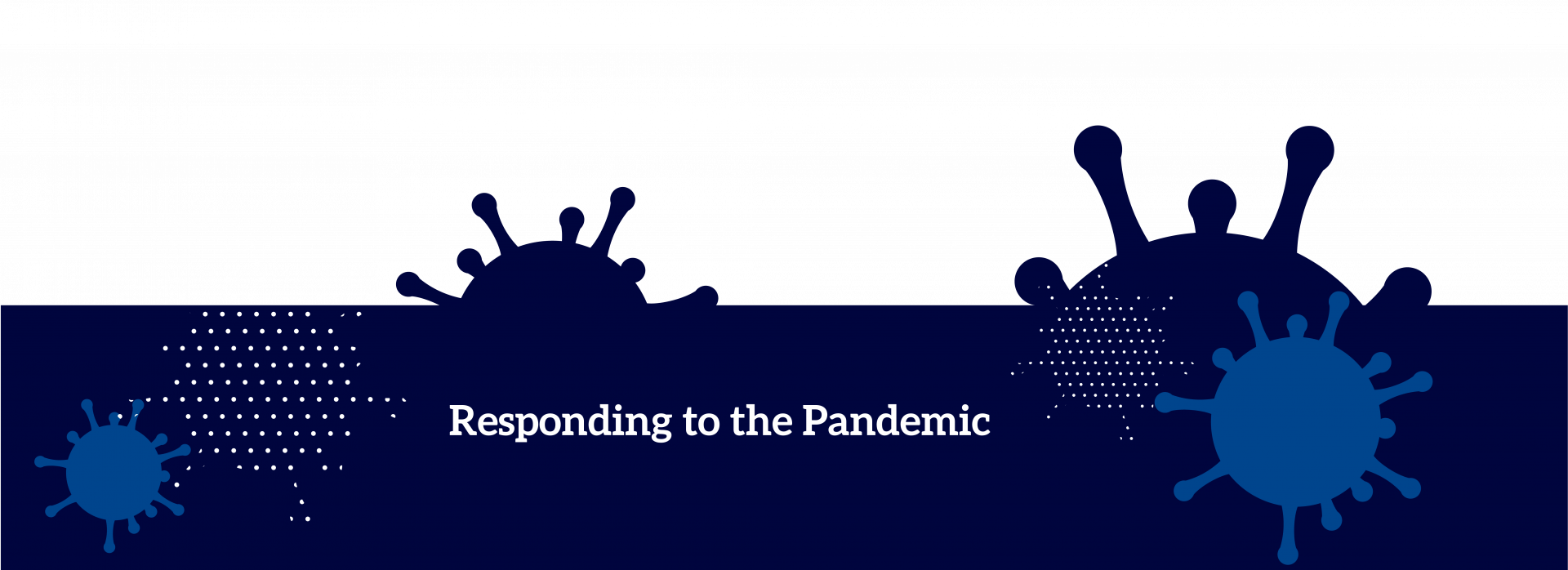

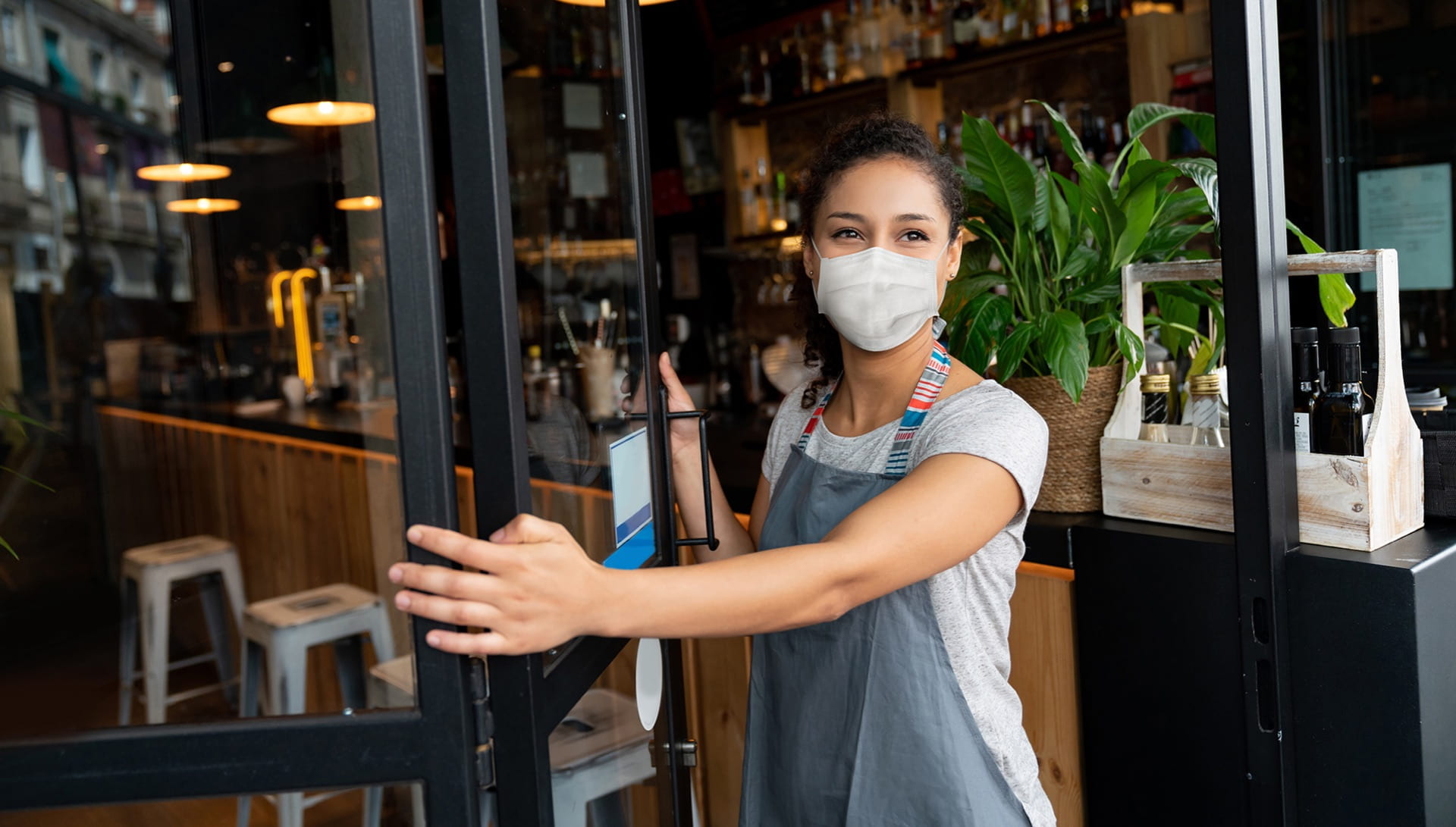
Keeping Restaurants Working
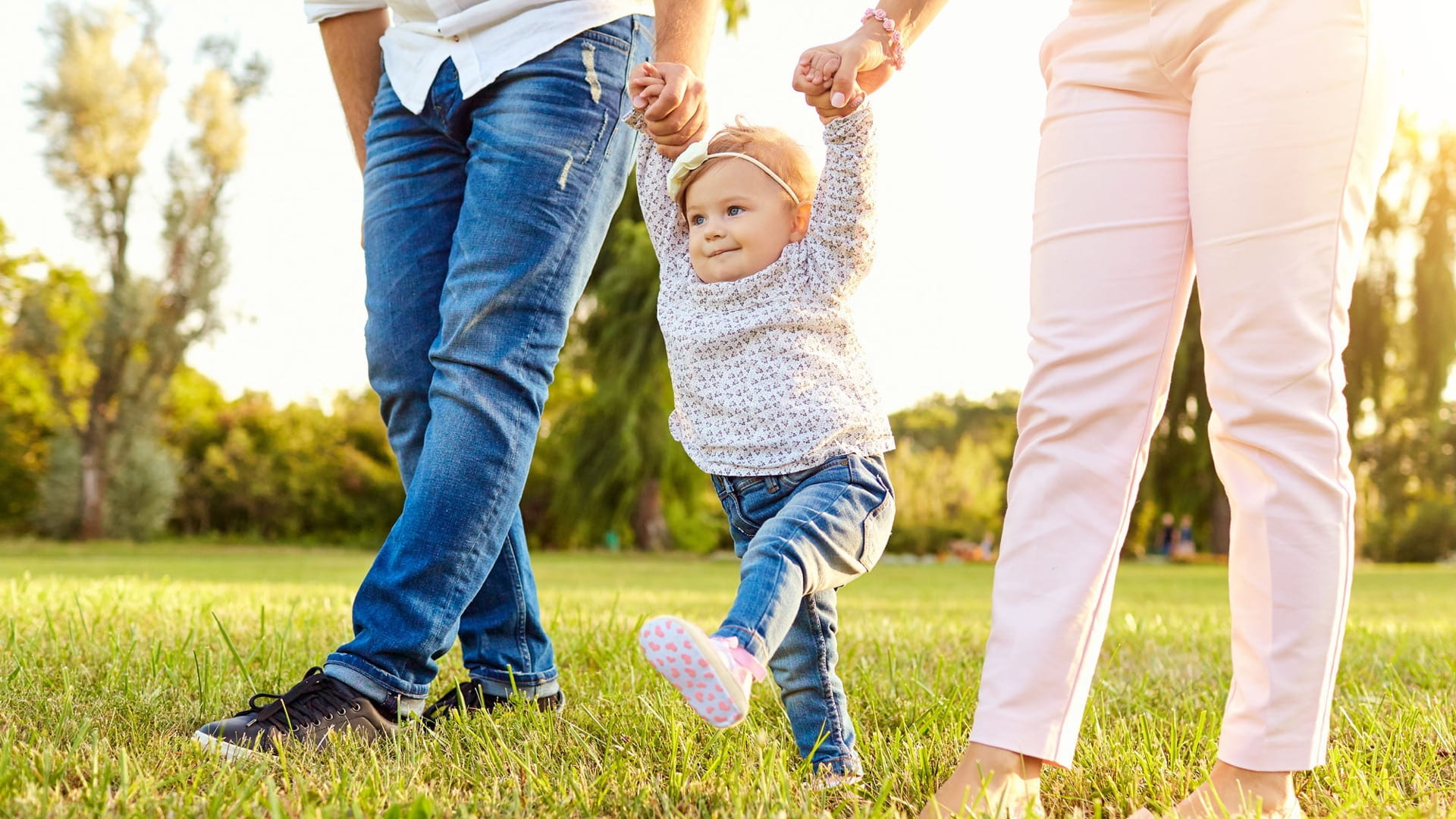
Understanding family conflict and resilience during a crisis
